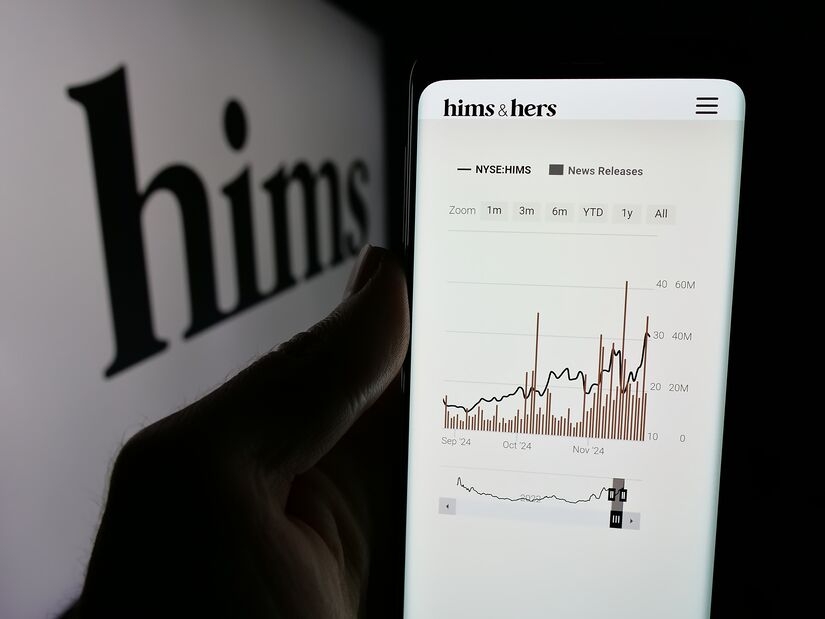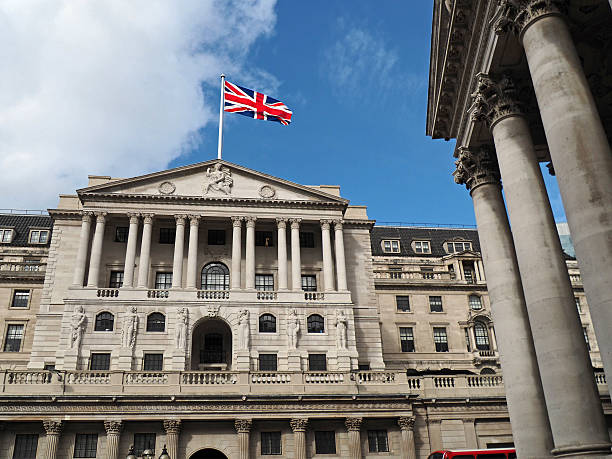- AUD/USD shows a decrease, dropping to 0.6615.
- RBA maintains its hawkish position, potentially balancing the downside.
- RBNZ’s dovish posture dragged down the Aussie as well as the Kiwi on Wednesday.
The AUD/USD pair experienced a decrease of 0.30% during Wednesday's session, settling near 0.6615, after the dovish Reserve Bank of New Zealand (RBNZ) decision. In addition, potential decline in demand for Australian exports due to the slowdown in the Chinese may negatively impact the AUD. However, the hawkish stance of the Reserve Bank of Australia (RBA), paired with mixed Australian economic data, can potentially temper the downside.
Despite the mixed Australian economic outlook and high inflation, the RBA's consistent hawkish position only strengthens predictions for 25 bps of easing for 2024.
Daily digest market movers: Aussie under some pressure due to commodities and China's waning demand
- The pair's descent on Wednesday came despite further US Dollar losses, as a result of falling copper and iron ore futures. Worsening credit data from China, coupled with the country's weakened demand and substantial commodity supply, has negatively impacted markets.
- In addition, the RBNZ unexpectedly cut interest rates by 25 basis points this morning and also revealed that a 50-basis-point cut had been seriously considered, which dragged down both the Kiwi and the Aussie.
- However, investor confidence in the Australian Dollar was recently bolstered by the RBA's decision to maintain the official cash rate (OCR) at 4.35%. Its cautious view, along with predictions of sustained domestic inflation, suggests that both trimmed-mean and headline CPI inflation are now expected to meet the mid-point of the 2-3% range by late 2026, later than the earlier prediction of June 2026.
- In that sense, among the G10 central banks, RBA is anticipated to be the last to initiate interest rate cuts. In contrast, the Federal Reserve (Fed) is expected to facilitate easing in the near future, and this contrast may support AUD/USD in the coming months.
AUD/USD technical outlook: AUD/USD buyers breathe, outlook still promising
The AUD/USD pair currently displays a moderate bullish sentiment, with the Relative Strength Index (RSI) remaining fairly neutral around the 50 region, while the Moving Average Convergence Divergence (MACD) is showing green bars.
Key support lies at 0.6600 and 0.6580, while resistance is observed around the 0.6640 area. Testing of these key levels is crucial for determining the pair's future direction.
RBA FAQs
The Reserve Bank of Australia (RBA) sets interest rates and manages monetary policy for Australia. Decisions are made by a board of governors at 11 meetings a year and ad hoc emergency meetings as required. The RBA’s primary mandate is to maintain price stability, which means an inflation rate of 2-3%, but also “..to contribute to the stability of the currency, full employment, and the economic prosperity and welfare of the Australian people.” Its main tool for achieving this is by raising or lowering interest rates. Relatively high interest rates will strengthen the Australian Dollar (AUD) and vice versa. Other RBA tools include quantitative easing and tightening.
While inflation had always traditionally been thought of as a negative factor for currencies since it lowers the value of money in general, the opposite has actually been the case in modern times with the relaxation of cross-border capital controls. Moderately higher inflation now tends to lead central banks to put up their interest rates, which in turn has the effect of attracting more capital inflows from global investors seeking a lucrative place to keep their money. This increases demand for the local currency, which in the case of Australia is the Aussie Dollar.
Macroeconomic data gauges the health of an economy and can have an impact on the value of its currency. Investors prefer to invest their capital in economies that are safe and growing rather than precarious and shrinking. Greater capital inflows increase the aggregate demand and value of the domestic currency. Classic indicators, such as GDP, Manufacturing and Services PMIs, employment, and consumer sentiment surveys can influence AUD. A strong economy may encourage the Reserve Bank of Australia to put up interest rates, also supporting AUD.
Quantitative Easing (QE) is a tool used in extreme situations when lowering interest rates is not enough to restore the flow of credit in the economy. QE is the process by which the Reserve Bank of Australia (RBA) prints Australian Dollars (AUD) for the purpose of buying assets – usually government or corporate bonds – from financial institutions, thereby providing them with much-needed liquidity. QE usually results in a weaker AUD.
Quantitative tightening (QT) is the reverse of QE. It is undertaken after QE when an economic recovery is underway and inflation starts rising. Whilst in QE the Reserve Bank of Australia (RBA) purchases government and corporate bonds from financial institutions to provide them with liquidity, in QT the RBA stops buying more assets, and stops reinvesting the principal maturing on the bonds it already holds. It would be positive (or bullish) for the Australian Dollar.







